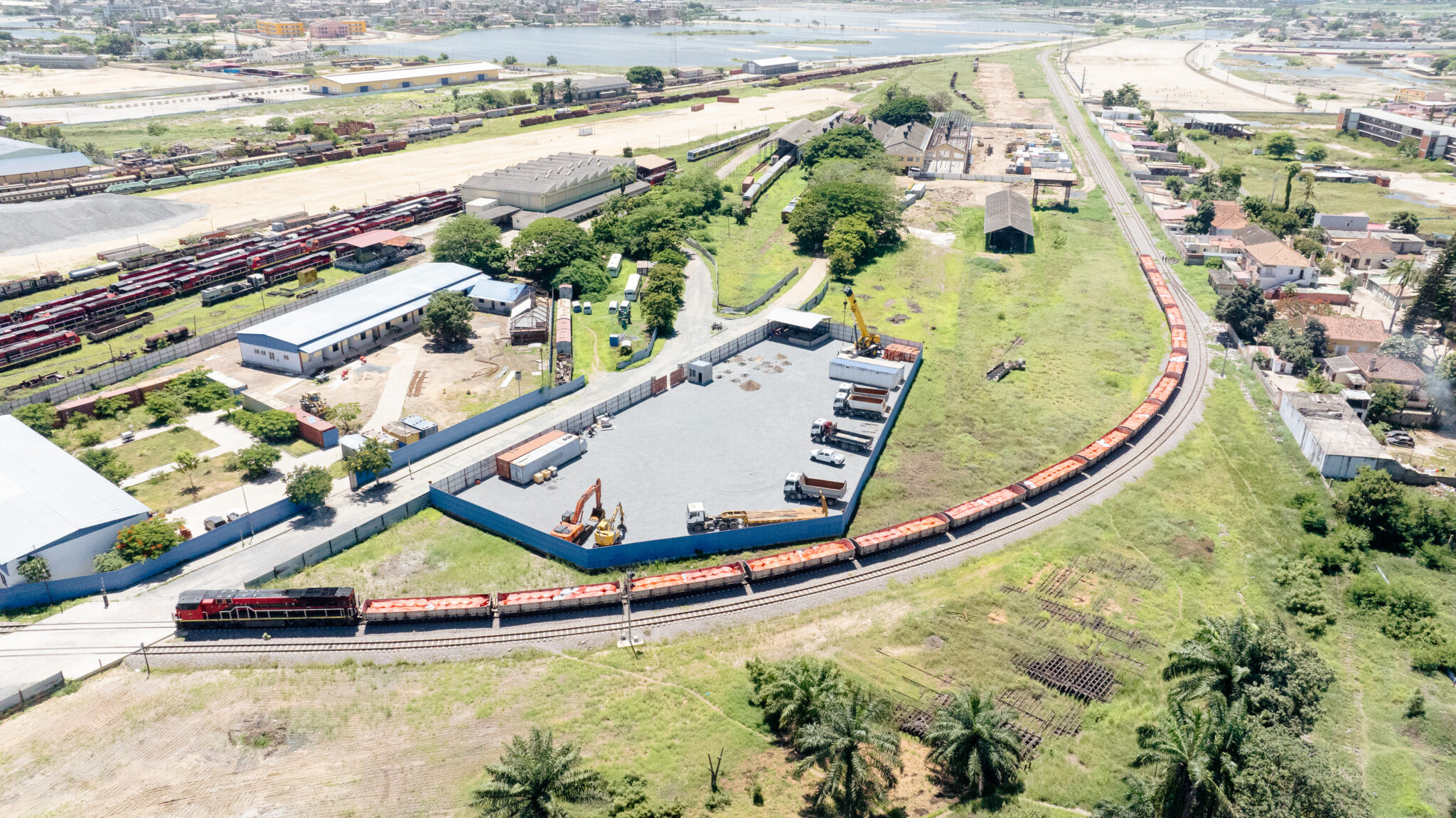Column: China flexes critical metals muscles with export curbs

China’s threat to curb exports of gallium and germanium from the start of August marks an escalation in the global competition for critical minerals and metals.
Both are esoteric metals with multiple applications across a spectrum of cutting-edge technologies, particularly silicon chips for the semiconductor sector.
As such, China’s move seems a calibrated response to the US Chips Act and the increasing pressure on US allies to restrict sales of sensitive microchip technology to the country.
The announcement a day before the US Independence Day holidays was a symbolically-charged reminder that the West is highly dependent on China for many raw material inputs to its high-tech industrial base.
Export controls will be short-term disruptive to both gallium and germanium markets but Western countries should be able to adapt over time.
The big question, however, is what might come next.
Gallium and germanium
Both gallium and germanium are extremely rare metals and are derived only as by-products from the aluminum and zinc processing streams respectively.
China’s supply-chain dominance results from the country’s status as the world’s largest producer of aluminum and refined zinc.
Indeed its alumina refineries, which process bauxite into an aluminum smelting input, are required by the Chinese government to extract gallium.
China last year accounted for around 98% of the world’s production of low-grade primary gallium, the core feed-stock for the gallium supply chain, according to the United States Geological Survey (USGS). Exports last year were 94 metric tonnes, up 25% on 2021.
China’s control of the germanium supply chain is looser but still significant at around 60% of the global market, according to European industry association Critical Raw Materials Alliance (CRMA). Last year’s exports totaled 44 metric tonnes in both wrought and unwrought form.
US dependence
The West has become heavily reliant on Chinese imports of both metals, gallium in particular.
The United States produces germanium and also has stocks under the control of the Defense Logistics Agency (DLA).
Germanium-containing concentrates from Teck Resources’ Alaskan zinc mine are shipped to the company’s Canadian refinery for processing and recovery, while Nyrstar’s Clarksville zinc refinery in Tennessee also generates germanium leach concentrates, according to the USGS.
As of September 2022 the DLA was storing 14 metric tonnes of germanium metal and 6.9 metric tonnes of scrap.
The Agency has initiated a programme to recycle germanium scrap from decommissioned military equipment with a target of three metric tonnes per year, according to the USGS.
When it comes to gallium, however, the US has no stockpiles and no primary sources, although the Clarksville plant is planning a processing stream to complement its existing germanium output.
US production of gallium metal is restricted to one New York company which processes a mix of scrap and imported low-grade primary feed.
Alternative supplies
China’s news sparked announcements from both existing and potential producers.
Germany’s Vital Pure Metal Solutions said it has been producing both gallium and germanium since the end of 2022 after an eight-year hiatus.
Nyrstar, majority owned by trade house Trafigura, is looking at projects in Australia and Europe as well as in Tennessee.
The Democratic Republic of Congo’s state-owned mining company Gecamines is close to commissioning a refining plant to treat materials from the Lubumbashi Slag Heap. It will produce copper, cobalt and 30 metric tonnes per year of germanium precipitate.
Russian state conglomerate Rostec can produce up to 20 metric tonnes of germanium annually and is running at only 30% of production capacity. Russia is an existing producer of gallium through Rusal’s extensive alumina and aluminum smelting network.
That may not be much comfort to the United States or its allies, given Russian production is unlikely to be exported and that no-one wants to replace one problematic import dependency with another.
However, there are multiple potential new sources of germanium and gallium, both primary and secondary, that could be activated to compensate for any Chinese ban.
Rare earth lesson
Assuming there is a ban.
China has officially said only that it is imposing export controls on eight gallium and six germanium products.
Everything will depend on how tight those controls are.
An outright ban could be counter-productive, as China found out when it halted exports of rare earths to Japan in 2010.
The political backlash led to a World Trade Organization ruling against China in 2014, followed by a climb-down the following year.
Equally problematic for China was the resulting boom in rare earth prices. Illegal rare earth mining mushroomed and it took Beijing years to regain full control over the sector.
Most damagingly of all, the export halt led to widespread substitution. Japanese automakers such as Toyota and Honda eliminated some rare earths from their magnets in favour of others they could source from outside China.
Others such as Audi eliminated rare earths completely in some models by switching from magnet to induction motors.
“Just the start”
Rare earths are again in the spotlight. As is just about every other critical mineral China dominates.
Gallium and germanium controls “are just the start” if the West continues to target China’s high-tech sector, former Vice Commerce Minister Wei Jianguo told the China Daily newspaper.
The warning raises the prospect of further escalation in the simmering critical minerals war between the West and China.
China has no shortage of pressure points to push, from rare earths to cobalt to lithium and even electric vehicle batteries.
The sabre-rattling, though, is likely to inject a greater sense of urgency in the West about cutting the collective reliance on China for so many critical metals.
The global decoupling momentum will accelerate from the start of next month.
(The opinions expressed here are those of the author, Andy Home, a columnist for Reuters.)
(Editing by Barbara Lewis)
{{ commodity.name }}
{{ post.title }}
{{ post.date }}

Comments